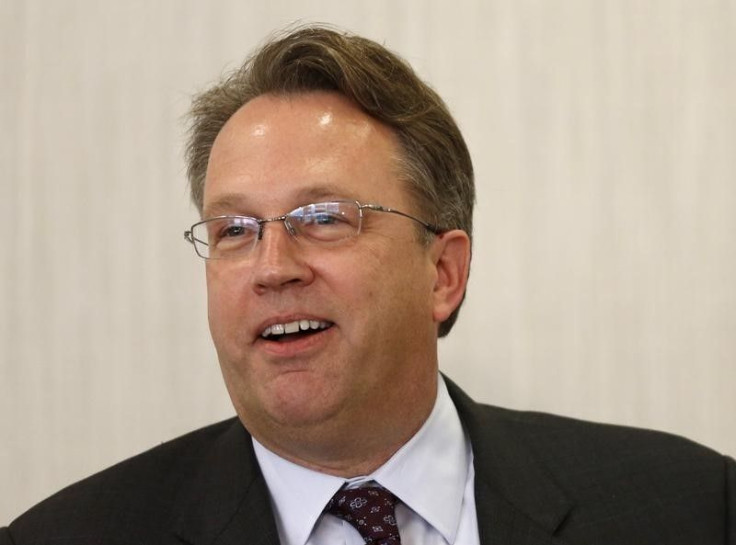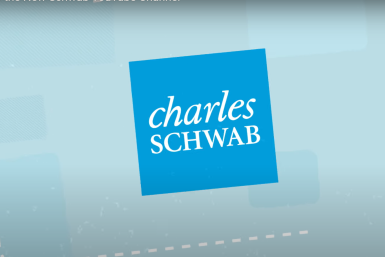Fed's Williams Says Central Banks Need To Consider New Tools

BERKELEY, Calif. (Reuters) - The U.S. Federal Reserve and other global central banks may need to consider new tools in a world of permanently lower interest rates, including keeping big balance sheets or using negative interest rates to combat shocks, a top Fed official said on Saturday.
With the so-called natural interest rate in the United States now near zero, and equilibrium rates in other countries around the world also lower than in the past, central banks have "significantly less room to maneuver" in the face of recessions, San Francisco Fed President John Williams said at a conference at University of California Berkeley's Clausen Center.
The natural interest rate is the rate at which an economy can maintain its balance, with full employment and stable inflation. Central banks traditionally aim to cut interest rates below that level to stimulate their economies, but have less room to do so when the natural rate is low.
The Fed's balance sheet swelled to more than $4 trillion after the 2007-2009 financial crisis and recession as the U.S. central bank bought up bonds in order to push down borrowing costs and stimulate investment and hiring.
Most observers, and Fed officials themselves, believe the central bank will eventually trim the balance sheet back to pre-crisis levels at around $800 billion.
But in the context of low natural interest rates worldwide, Williams said, large balance sheets could effectively give central banks a bigger interest-rate buffer with which to combat crises.
"You could think about keeping a permanently higher balance sheet, lowering the term premium and therefore actually raising the natural rate of interest in the economy," Williams said. The idea, he said, is "something that we haven't studied that much, but I think needs a lot more thought."
Central banks may also want to consider using negative interest rates in some situations, he said, an option that several central banks in Europe have already tried.
One other possible central banking tool would be to loosen policy by targeting higher inflation rates, Williams said, although the effectiveness of such a move is unclear given stubbornly low inflation rates worldwide and the inability of many central banks, including the Fed, to reach even their current inflation targets.
Because lower worldwide natural rates mean central banks are potentially less effective than before, fiscal policymakers should also consider new approaches, Williams said, including perhaps putting in place automatic tax cuts that could go into effect if the jobless rate surges.
© Copyright Thomson Reuters 2024. All rights reserved.











